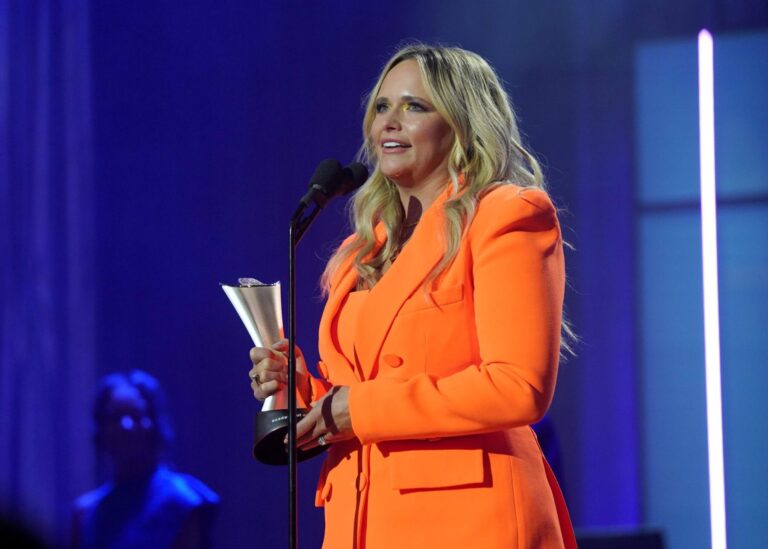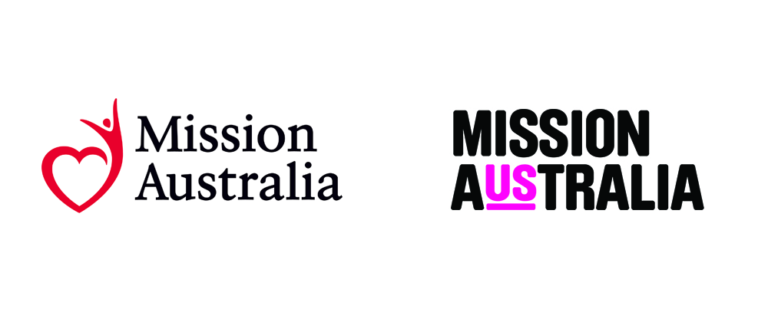Hay feeding – is it enough?
HAY alone may not always be the best feed for livestock when there is a heavy reliance on supplementary feed.
Whether it is sufficient in meeting the requirements of animals depends on the levels of energy, protein and fibre in the hay.
Agriculture Victoria Livestock Extension Officer Fiona Baker said the protein requirements of livestock must be met, otherwise they may be at risk of losing weight and condition.
“To maintain weight, dry stock (ewes or cows) need feed that contains six per cent crude protein, weaned stock need eight per cent crude protein and lactating stock need 10 percent crude protein.
“The level of fibre in the feed impacts on the amount an animal can eat in a day. The higher the fibre level, the less they can consume, which impacts on the amount of energy that the animal can take in,” she said.
Ms Baker said occasionally the fibre level of a feed, particularly hay, can be too high and the animal cannot eat enough to meet their energy requirements, which again results in weight loss.
As livestock transition into lactation, their energy requirements can essentially double.
“Often the ewe or cow can easily consume enough hay while dry to maintain her weight, but once she has given birth and is lactating, she simply cannot eat enough of that same hay to meet her requirements,” Ms Baker said.
Once lactating, if there is no green pick available in the pasture, the stock will need to be supplemented with grain or pellets, in addition to the hay.
Agriculture Victoria’s drought feeding cattle or sheep resources clearly outline the feed requirements of livestock and can assist in determining if the feed being supplied to stock will meet their needs. Books are available from Agriculture Victoria offices or website.
A reference card is also available to allow farmers to quickly look up how much feed an animal can eat based on the fibre level of the feed.
To obtain a copy of one of the books go to agriculture.vic.gov.au, contact the customer service centre on 131 186 or Caroline Love on (03) 5152 0603.
Short URL: /?p=25521






